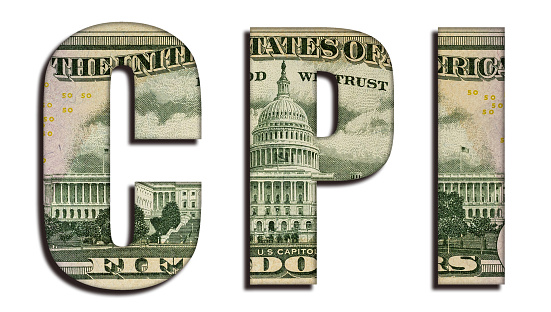Digital Zeitgeist – Following The Release Of US CPI Statistics For The Month Of January Inflation Falls Less Than The Market Anticipated
The consumer price index numbers for the United States were just released today, and they show that inflation has continued to decrease. The annual inflation rate in January came in at 6.4%, a decrease from December’s 6.5% reading. The Bureau of Labor Statistics adopted a brand-new technique to generate the Consumer Price Index (CPI) for the United States for the very first time. On Friday, February 14, 2023, the statistics for the Consumer Price Index for January 2023 were made public, marking the beginning of the shift to yearly weights.
On Tuesday, a higher-than-anticipated rate of inflation in the United States sparked fears of an even higher Federal Reserve rate for a longer length of time, which caused futures contracts on US stock indexes to briefly enter the red region. According to the Consumer Price Index data published by the Department of Labor, monthly inflation climbed by 0.5% in January compared to December. This led to a slowing in annual inflation of 6.4%, which was less than anticipated.
The annual inflation rate in the United States fell from 6.5% in December to 6.4% in January 2023, which was lower than the 6.2% that the market had anticipated it would be. Despite this, it is the lowest reading since October of 2021, with food costs increasing by 10.1% and energy prices increasing by 8.7% respectively. The Consumer Price Index (CPI) rose by 0.5 percentage points from the previous month, in line with the expectations of the market; the rise in housing costs accounted for more than half of the total increase. Despite the fact that inflation has begun to fall since reaching its highest point of 9.1% in June of the previous year, it is still more than three times higher than the 2% target that the Fed has set for itself and continues to indicate a general increase in price levels, particularly for services and housing.
According to the latest data released by the United States Bureau of Labor Statistics today, the Consumer Price Index for All Urban Consumers (CPI-U) increased by 0.5 percent in January on a seasonally adjusted basis, following a 0.1 percent increase in December. Before taking into account the effects of seasonality, the overall price level as measured by the all goods index rose by 6.4% over the last year.
It was anticipated that the Consumer Price Index (CPI) for the United States in January would show a positive surprise, which would encourage the Federal Reserve to retain its commitment to additional rate rises. Earlier, the projected CPI for December was updated to indicate that prices grew rather than fell during the month, while a report from the University of Michigan’s Center for Research on Consumer Sentiment found that people’s worries about inflation are growing.
These statements followed closely on the heels of an unexpectedly robust employment report, which stated that the United States added 517,000 jobs in January and that the unemployment rate fell to 3.4%, the lowest percentage in 53 years. The accumulation of these three pieces of information is likely to bolster the opinion held by the Federal Reserve that more stringent monetary policy should be maintained for an even greater portion of the foreseeable future. This may run counter to the feelings of the market.
The annual inflation rate in the United States fell to 6.5% in December 2022, the lowest level since October 2021, following a reading of 7.1% in November 2022. This marked the sixth consecutive month in which it has decreased. Since reaching its low point in October, the S&P 500 has surged roughly 14% thanks to falling inflation and the growing expectation that the Federal Reserve will adopt a more dovish stance in the near future.
During the normal trading day on Monday, the Dow advanced by 1.11%, the S&P 500 advanced by 1.15%, and the Nasdaq Composite advanced by 1.48%. Ten of the eleven S&P sectors finished in the green, with technology and consumer discretionary industries leading the way. US stocks also recovered losses from the previous week, which occurred when a chorus of Fed officials reaffirmed their commitment to fighting inflation with additional rate hikes, dashed hopes that the tightening cycle would end soon, and then reaffirmed their commitment to fighting inflation with additional rate hikes. The Consumer Price Index (CPI) data released by the United States is extensively monitored by market observers, analysts, investors, and traders because it provides input into their evaluations of where monetary policy is heading.
online sources: financialexpress.com, bls.gov

